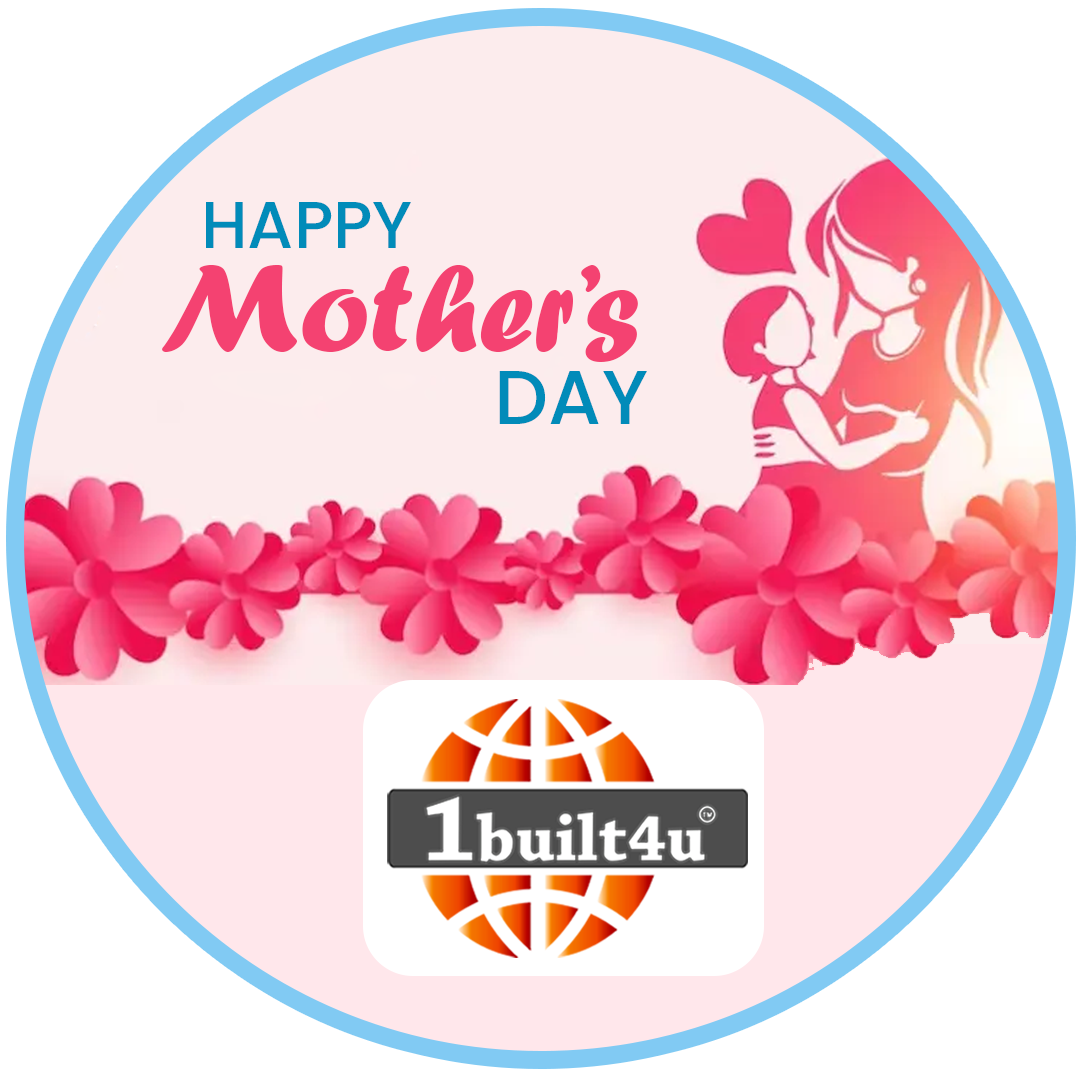
Branding 101: The Basic Steps to Creating a Brand Image for Your Business
Branding is a vital component of business, whether a newly established firm or a company looking to give a new facelift to its brand. This is your brand identity, which is much more than your logo or tagline – your reputation, standards, service, product, guarantee, and customers. It also assists in attracting an ideal audience depending on the brand and helps create customer loyalty, increasing revenues in the long run. If you are looking for simple but effective tips on building a powerful brand for your small business, you're in the right place! Our Content Marketing Services company in Ashburn Virginia is here with an in-depth guide to Branding 101!
Define Your Brand Identity
To begin with, it is crucial to understand what your brand represents or supports as a foundation for creating its image. Brand identity can be defined as a brand's visible and non-visible characteristics, including colors, fonts, and others, and intangible qualities like personality, values, and feelings attributed to a brand. Develop the style guide to describe your brand and differentiate it from competitors to enforce brand promise and narrative. Ask yourself questions to shape your branding:
- Identify and describe the key characteristics of your company or product. Trustworthy? Bold? Quirky?
- When customers are interacting with my brand, which emotions am I targeting the customers to have? Comfortable? Confident? Joyful?
- What are the keywords related to the brand personality? Professional? Fun? Helpful? Passionate?
That means your brand should reflect the product or service you are offering, the image and tone you want to set with your customers.
Conduct Market Research
The next move to excellent branding is to follow market research to the later part of the cycle. Use surveys, interviews, consumer reports, and competitor analysis to gain crucial insights, such as:
What customers want, what they dislike or avoid, and what makes them buy
- Define or discover your 'target group' or, better still, your 'core market.'
- What other brands excel at or lack accomplish in
- Identifying these niches that may be left unfulfilled by other brands or companies
- Crossing the threshold of assessing key rivals' advantages and disadvantages
Utilize market research techniques with your SMO Services Agency in Ashburn USA to guide how you find ways to make your brand stand out and how it can be placed in the category of your industry. The more targeted branding, the better the reception and the more popular it will be among the target audience.
Choosing a Brand Voice
Customers easily identify strong brands through brand recall and consistent branding. This is not limited to a logo but can entail message, message tone, message visuals, and entire experience customers have with the brand across different touchpoints. The last step is to define the brand personality that matches your brand and choose the proper tone of voice. Use consistent:
- Intention – the manner of presenting messages for brand communication
- Brand images – different styles, using color and font.
- Terminology – such as branded slogans, taglines, or any other specific product wording
- Brand Building – This can entail sharing the brand's origin, core values, and beliefs.
Whether in hashtags or the texts of social media pages, website content, and blog posts, a consistent brand voice leads marketing communications right back to you!
Ensure That All the Marketing Communication is Consistent
Extending the brand has become challenging since, in today's generation, the brand is open to reaching out to customers through multiple platforms, be it through online print or offline modes of communication. Maintain consistent branding across every channel, including:
- Profile images, highlight videos, and posts representing a branded image of the official social media accounts.
- Posters and handbills, cards and fliers, car towing bills or banners and wraps, radio jingles for commercials
- Homepage of the website, pages that users first see, graphics, ways how to move around the site, the theme
- Business correspondences, printed advertisements, product packaging, promotional posters and banners, vehicle and shop-front graphics
- Product packaging is chic and calming.
When done effectively across all touchpoints, branding appears reassuring and familiar; this is the magic.
Get Brand Awareness & Perception Data
After you have disclosed the marvelous new branding strategy, it is time to launch the campaign. However, it may be challenging to determine which branding strategies can be effective and contribute the most to the growth of the business. Track relevant branding metrics:
- Brand Awareness: the level of your target consumers that are aware of your brand as administered through surveys and polls following branded marketing advertisements.
- Brand Perception: information about qualities linked with your brand, most of which may be gathered from customer insight studies.
- Brand Engagement: the signs that branding content draws your audience, including web traffic, online reach, number of social media followers, and sales call volumes.
- Brand Loyalty: the % of return visitors, word-of-mouth, or online reviews displaying customers satisfied with your brand!
Learn how to constantly modify branding tactics by data outcomes to improve the branding strategy.
Remain Authentic And Keep Refining
Brand image is developed through the customers' trust and standard brand usage. Does that mean you cannot innovate when your business grows? Of course not! Find a balance between staying loyal to brand identity while making smart improvements, like:
- Changing the graphic or visual intensity while maintaining the same logo and font aspects.
- The offering of more products that are branded under the name of a particular brand.
- Updating site content while keeping the visual theme prominent
- Another proposition should be to target other demographics that would align more with the core brand image.
It makes total sense as it maintains the core branding intact but enables adaptation of minor changes to the marketing strategies, which could otherwise blur the customer's perception of the brand.
Creating a Catchy Brand Image
It is noted that the customers make immediate product decisions concerning attractive and pleasing visual appeals. Is your branding unique and easy to recognize without using words? Brand visual identity includes:
- Logo design
- Color palette
- Typography
- Packaging design visuals
Organize visual constituents in unison to achieve harmony and effectiveness to ensure customers easily identify your brand. For instance, the same logo, headline font, and color of the brand, as well as pictures used in business cards, product wrappers, ads, website, etc. Consistency creates familiarity. Emotional branding builds connections by developing an emotional link between consumers and the branded product. In other words, although you are building the product's functional benefits into the brand, remember the emotional bond!
Conclusion
Branding is something that requires patience but has a great benefit in place for enterprises. Here are some guidelines on how to leave a distinctive imprint of branding that drives revenues now, in the future, and in the future further ahead: Out of the branding basics listed above, which one(s) will be most effective in your small business marketing plan? For more information or to avail of our SMO Services Company Ashburn USA, visit 1built4u.com.





